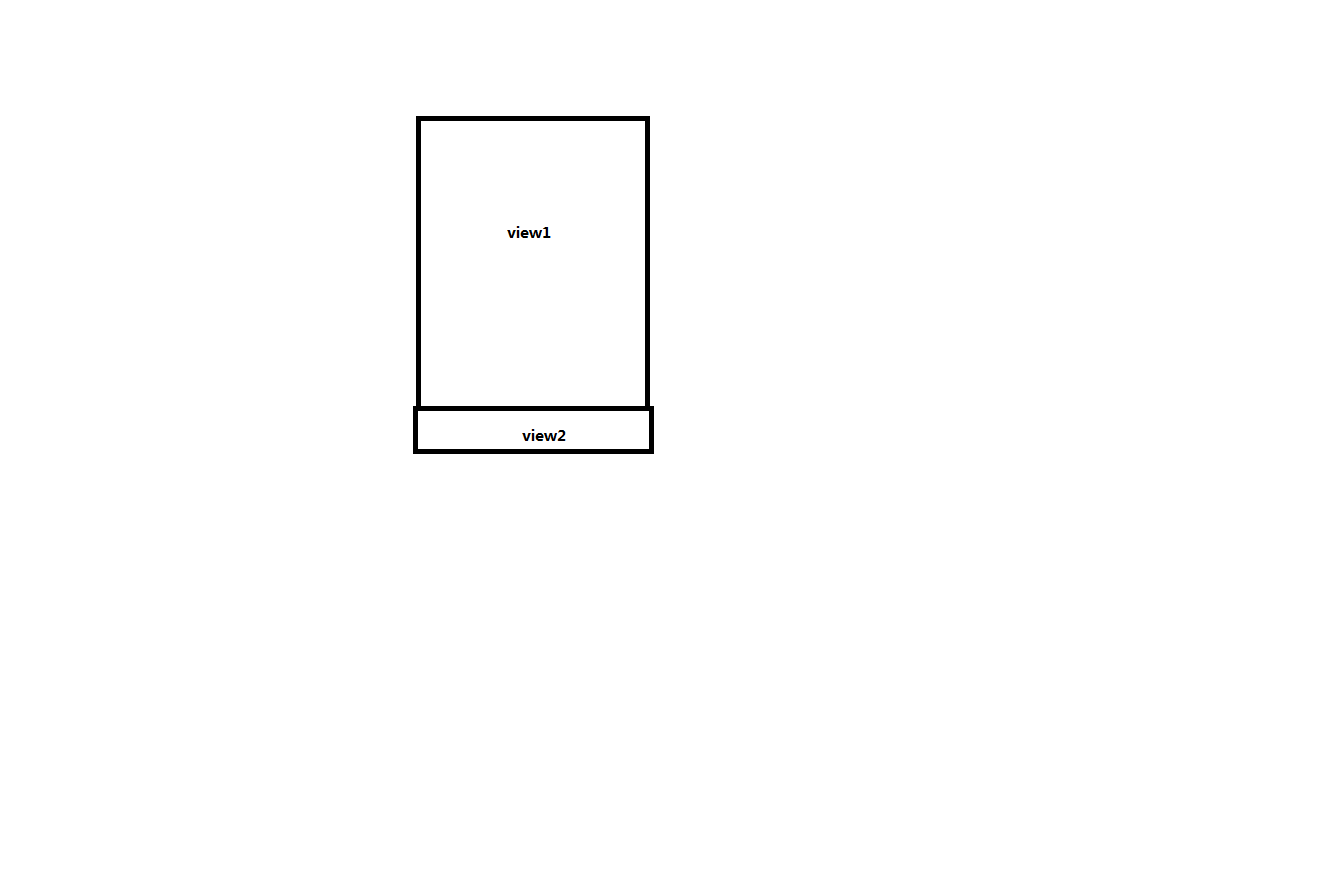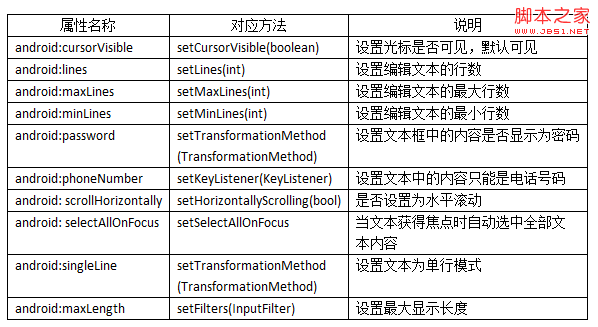)
前言
如果你在閱讀本文之前,你不知道Handler在Android中為何物,我建議你先看看本系列的第一篇博文《Android:異步處理之Handler+Thread的應用(一)》;我們都知道在Android系統中不能在子線程中直接更新UI界面,所以我們一般借助Handler+Thread或者AsyncTask這兩種方法來實現UI界面的更新。而Handler+Thread這方法其實就是子線程向UI主線程進行消息傳遞,通知UI主線程去更新界面的一套機制。因為有時候面試官比較喜歡和藹可親的考你Handler的這套機制,所以我們結合源代碼深入的研究這套通訊機制是灰常有必要的,你想想如果能鄙視一下面試官,呵呵o(╯□╰)o。。
概述
谷歌的這套消息機制是參考windows設計的,姑爺微爺之間有啥專利官司咱也不關心。一般來說,線程都會通過Looper來建立自己的消息循環,並且鎖定一個FIFO的消息隊列MessageQueue,Handler通過Looper來實現Message(消息)在MessageQueue中的存取。每一個Hanlder在實例化的時候都會自動或者手動綁定一個Looper,間接向一個MessageQueue發送Message,所以Handler也封裝了消息發送和接收的接口。
入門例子
看概述好悶的,琢磨文字不說,晦澀又難懂,記得住又成一個大問題。來不如來個例子瞧瞧比較實在,所以我在這裡給大家寫了一個向子線程發送消息並顯示輸出的例子,強調一下下哦,是向子線程喲。
主要代碼如下:
復制代碼
public class MainActivity extends ActionBarActivity {
private Handler handler;
private Button btn;
@Override
protected void onCreate(Bundle savedInstanceState) {
super.onCreate(savedInstanceState);
setContentView(R.layout.activity_main);
btn = (Button) findViewById(R.id.sendmsg);
new HandlerThread().start();//啟動子線程
btn.setOnClickListener(new OnClickListener() {
@Override
public void onClick(View v) {
handler.sendEmptyMessage(0);//向子線程發送消息
}
});
}
class HandlerThread extends Thread{
@Override
public void run() {
//開始建立消息循環
Looper.prepare();//初始化Looper
handler = new Handler(){//默認綁定本線程的Looper
@Override
public void handleMessage(Message msg) {
switch(msg.what){
case 0:
Toast.makeText(MainActivity.this, "子線程收到消息", Toast.LENGTH_SHORT).show();
}
}
};
Looper.loop();//啟動消息循環
}
}
}
復制代碼
布局文件:
復制代碼
<LinearLayout xmlns:android="http://schemas.android.com/apk/res/android"
xmlns:tools="http://schemas.android.com/tools"
android:layout_width="match_parent"
android:layout_height="match_parent"
android:orientation="vertical">
<Button
android:id="@+id/sendmsg"
android:layout_width="wrap_content"
android:layout_height="wrap_content"
android:text="向子線程放炮!"
/>
</LinearLayout>
復制代碼
我們只需要點擊按鈕,發送成功。。。。。
我在裡簡單說一下消息發送的過程:
1、啟動一個子線程,並在子線程初始化一個Looper。
2、在HandlerThread中實例化Handler,Handler自動綁定上當前線程的Looper。
3、重寫Handler裡面的消息處理方法。
4、執行Looper.loop()啟動消息循環,子線程進入等待消息狀態。
做個小研究
當然,由例子入手講解才容易理解。我們就通過上面梳理好的消息發送流程,結合源代碼來探究消息循環的建立、消息的分發和處理的原理。
1、Looper的初始化
我們進入Looper中查看源碼:
復制代碼
public static void prepare() {
prepare(true);
}
private static void prepare(boolean quitAllowed) {
if (sThreadLocal.get() != null) {
throw new RuntimeException("Only one Looper may be created per thread");
}
sThreadLocal.set(new Looper(quitAllowed));
}
復制代碼
在我們調用Looper的prepare這個靜態方法的時候,我們發現這個線程創建了一個Looper實例,並將其賦值給sThreadLocal這個線程的局部變量中,當然我們可以肯定這個sThreadLocal是當前的線程私有的,不信自己度娘去。我們接下來就要看Looper的構造方法。
private Looper(boolean quitAllowed) {
mQueue = new MessageQueue(quitAllowed);
mThread = Thread.currentThread();
}
相信大家的眼睛都是雪亮的吧?!在Looper()中,實例化了一個消息隊列(MessageQueue)!並且如我們所願的綁定到了mQueue這個局部變量上,在這裡我們可以得出這麼一個結論:調用Looper. prepare()的線程就建立起一個消息循環的對象,但是!並還沒有開始展開消息循環這件大事件。
2、實例化Handler並綁定當前線程的Looper
我們可以看看Handler的源代碼——Handler的構造方法
復制代碼
public Handler() {
this(null, false);
}
public Handler(Callback callback, boolean async) {
if (FIND_POTENTIAL_LEAKS) {
final Class<? extends Handler> klass = getClass();
if ((klass.isAnonymousClass() || klass.isMemberClass() || klass.isLocalClass()) &&
(klass.getModifiers() & Modifier.STATIC) == 0) {
Log.w(TAG, "The following Handler class should be static or leaks might occur: " +
klass.getCanonicalName());
}
}
mLooper = Looper.myLooper();
if (mLooper == null) {
throw new RuntimeException(
"Can't create handler inside thread that has not called Looper.prepare()");
}
mQueue = mLooper.mQueue;
mCallback = callback;
mAsynchronous = async;
}
復制代碼
在代碼中我們通過handler = new Handler() 調用到了Handler(Callback callback, boolean async)這個方法;我們發現mLooper = Looper.myLooper()把線程中的Looper綁定到了Handler上,通過mQueue = mLooper.mQueue獲取了線程的消息隊列,我當然也可以換句話說:Handler已經綁定到了創建此Handler對象的線程的消息隊列上了,所以咱們可以開始干壞事了。。。。
3、重寫Handler的handleMessage()方法
public void handleMessage(Message msg) {}
沒啥好說的,一個空方法而已,提供我們override的入口函數。
4、通過Looper.loop()啟動消息循環
還是上面的思路,我們進入loop()裡面看看,總會有收獲的。。
復制代碼
public static void loop() {
final Looper me = myLooper();
if (me == null) {
throw new RuntimeException("No Looper; Looper.prepare() wasn't called on this thread.");
}
final MessageQueue queue = me.mQueue;
Binder.clearCallingIdentity();
final long ident = Binder.clearCallingIdentity();
for (;;) {
Message msg = queue.next(); // might block
if (msg == null) {
return;
}
Printer logging = me.mLogging;
if (logging != null) {
logging.println(">>>>> Dispatching to " + msg.target + " " +
msg.callback + ": " + msg.what);
}
msg.target.dispatchMessage(msg);
if (logging != null) {
logging.println("<<<<< Finished to " + msg.target + " " + msg.callback);
}
final long newIdent = Binder.clearCallingIdentity();
if (ident != newIdent) {
Log.wtf(TAG, "Thread identity changed from 0x"
+ Long.toHexString(ident) + " to 0x"
+ Long.toHexString(newIdent) + " while dispatching to "
+ msg.target.getClass().getName() + " "
+ msg.callback + " what=" + msg.what);
}
msg.recycle();
}
}
復制代碼
在loop()的這個靜態方法中,我們可以注意到for (;;)這個方法,這是死胡同死循環,所以我們將其稱作為“消息循環”,說起來挺形象滴。在消息循環中會調用queue.next()來獲取消息隊列中排隊等待處理的消息,並將其賦值到msg這個變量上;接下來就判斷如果msg != null 就開始分發消息,也就是執行msg.target.dispatchMessage(msg)。在分發消息結束後,將會回收掉這個消息,體現在msg.recycle()這個函數上。
msg.target是一個handler對象,表示需要處理這個消息的handler對象,所以我們回到Handler看看dispatchMessage()這個方法了:
復制代碼
public void dispatchMessage(Message msg) {
if (msg.callback != null) {
handleCallback(msg);
} else {
if (mCallback != null) {
if (mCallback.handleMessage(msg)) {
return;
}
}
handleMessage(msg);
}
}
復制代碼
不知道大家有沒有一眼發現handleMessage()這個方法,這可不是我們在第三步重寫Handler中的方法麼。真相大白,當 msg.callback != null 並且 mCallback != null 時將會調用 handleMessage(msg) 來處理其他線程發送來的消息,我們通過覆蓋這個方法來實現我們具體的消息處理過程;這也就是Handler消息處理機制的全部內容。
做個小結吧
通讀全文,我們可以知道消息循環機制的核心就是Looper,因為Looper持有了MessageQueue的對象,並且可以被一個線程設為該線程的一個局部變量,我們可以這麼認為這個線程通過Looper擁有了一個消息隊列。而Handler的用處就是封裝了消息發送和消息處理的方法,在線程通信中,線程可以通過Handler發送消息給創建Handler的線程,通過Looper將消息放入進入消息接收線程的消息隊列,等待Looper取出消息並在最後交給Handler處理具體消息。
再說一句
我們會發現在Activity中實例化一個Handler並不需要Looper.prepare()來初始化一個Looper和Looper.loop()來啟動消息循環,因為Activity在構造過程中已經對Looper進行了初始化並且建立了消息循環,參見ActivityThread.java中的代碼:
復制代碼
public final class ActivityThread {
public static final void main(String[] args) {
......
Looper.prepareMainLooper();
......
ActivityThread thread = new ActivityThread();
thread.attach(false);
......
Looper.loop();
......
thread.detach();
......
}
}
復制代碼
Android應用程序進程在啟動的時候,會在進程中加載ActivityThread類,並且執行這個類的main函數,應用程序的消息循環過程就是在這個main函數裡面實現的;如果大家想要更深入了解的話,建議大家去研究下Activity的啟動機制哈。
 從源碼角度分析嵌套滑動機制NestedScrolling
從源碼角度分析嵌套滑動機制NestedScrolling
 Android App 內存洩露之Handler
Android App 內存洩露之Handler
 Android儲存---SQLite數據庫的簡單使用,實現增刪改查
Android儲存---SQLite數據庫的簡單使用,實現增刪改查
 Android控件之EditView常用屬性及應用方法
Android控件之EditView常用屬性及應用方法